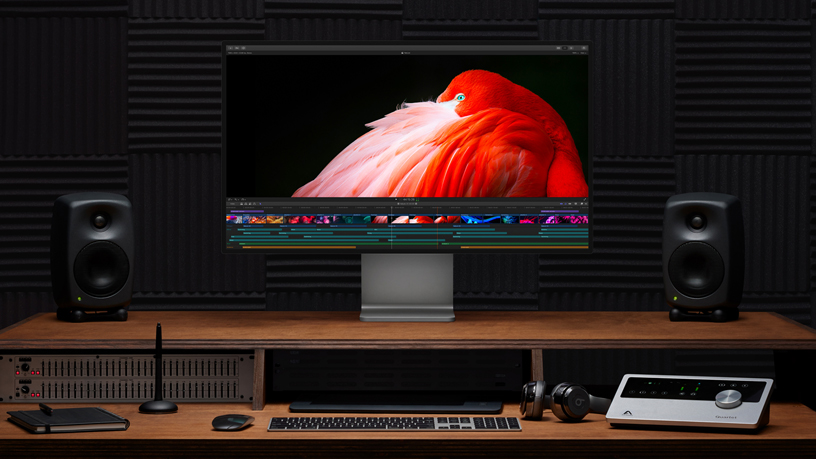
Apple will transition almost all of its iPad, MacBook, and external display models to OLED displays by 2027, according to technology research firm Omdia.

Omdia's latest IT OLED display forecasts, seen by OLEDInfo, claim that worldwide OLED shipments will rise rapidly from around 9.7 million units in 2022 to over 70 million in 2028. Most of this growth will be driven by laptops, but the number of OLED tablets will also increase sharply during this period.
The main contributor to this expected increase is said to be Apple's expanded use of OLED displays across its devices. In line with other rumors, Omdia believe that Apple will begin using OLED panels for the iPad starting with new iPad Pro models next year, followed by an OLED MacBook Pro in 2026. Apple will almost entirely phase out LCD and mini-LED displays on mobile devices by 2026. The report also mentions a foldable 20-inch iPad Pro model with an OLED around this time frame.
In 2027, Apple will apparently begin using QD-OLED or WOLED panels for 32-inch and 42-inch displays, likely for future iMac or external display models. The Pro Display XDR is Apple's only existing product with a 32-inch display and there is no currently 42-inch device.
Article Link: Apple Reportedly Planning 32- and 42-Inch OLED Displays for 2027 Amid Switch to New Panel Technology
Last edited:


